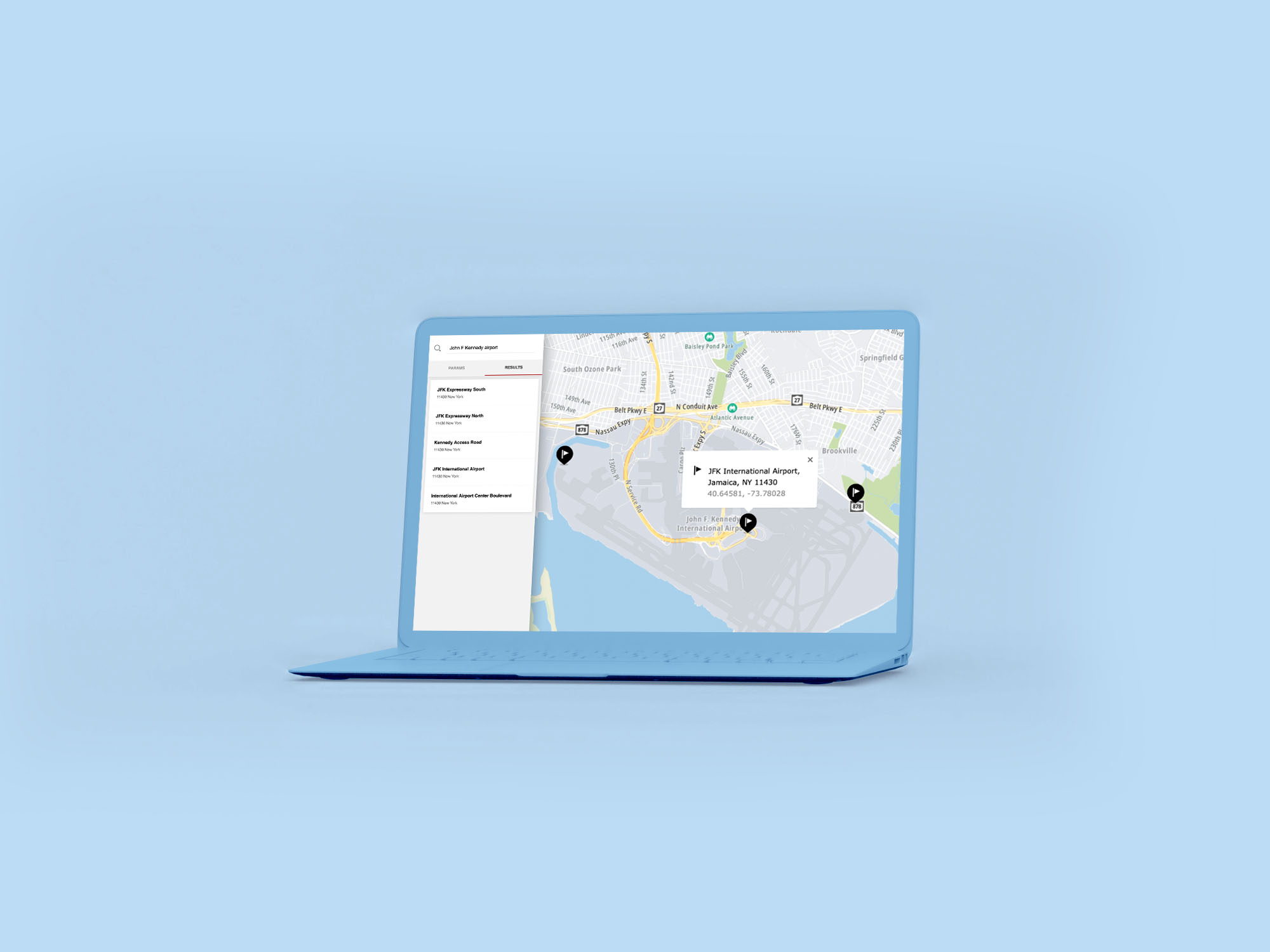Introduction
What is TomTom's Traffic API?
The Traffic API is a suite of web services designed for developers to create web and mobile applications around real-time traffic. These web services can be used via RESTful APIs. The TomTom Traffic team offers a wide range of solutions to enable you to get the most out of your applications. Make use of the real-time traffic products or the historical traffic analytics to create applications and analysis that fits the needs of your end-users.
The offering is split into two services with their respective endpoints:
- Traffic Incidents: This provides an accurate view about traffic jams and incidents around a road network.
- Traffic Flow: This provides real time observed speeds and travel times for all key roads in a network.
The Traffic API web services are based on the real-time traffic data TomTom Traffic™, and consists of the the following services with endpoints:
Traffic Incidents
The Traffic Incidents service is a suite of web services that provides an accurate view about traffic jams and incidents around a road network.
Traffic Flow
The Traffic Flow service is a suite of web services that provides real time observed speeds and travel times for all key roads in a network.
Map Styles
The Traffic API Resource service delivers resources required to display vector traffic maps.
Vector Tile Structure
Vector Tiles are served in binary format, which uses Google Protocol Buffers as the method of serializing structured data.
Traffic API Release Notes
Records the release date with the addition, improvement, deprecation, removal, and known issues associated with a product release.
Traffic API Market Coverage
Indicates where in the world the Traffic Incidents API and Traffic Flow API are covered.
Getting started
Check these links to get started with the Traffic APIs:

How to get a TomTom API Key
When you use our location Service APIs, we need a way to identify that it is your application that is making the request to use the service (API).

TomTom Knowledge Base
The TomTom Knowledge Base optimizes the retrieval of information via articles, blogs, FAQs, tutorials, and videos for your use and reference.
Features
Harness the power of TomTom Traffic™ for your application! In both the Traffic Flow and Traffic Incident services, different road categories are displayed depending on the zoom level.
TomTom's Traffic Incident service
- Is updated every minute with the very latest traffic incident and delay information.
- Returns detailed information about traffic jams and traffic related incidents.
- Details include: start-location, end-location, road-name, type of delay, length (in time) of the delay, significance, and distance.
- The Raster and Vector Incident Tile APIs provide traffic incident and delay information for display on your map view.
TomTom's Traffic Flow service
- Is updated every minute with very latest traffic speed information.
- Returns detailed information about traffic speed.
- Details include: current speed, freeflow speed, and quality indicator.
- The Raster and Vector Flow Tile APIs provide traffic speed information for display on your map view.
- An option is provided to use the absolute or relative speed information.
Common use cases you can implement
Display
- Real-time traffic incident data on a map, or display real-time traffic segment speed data on a map.
- Traffic delay data with delay details like location, length, and delay.
- Segment details like free-flow speed, current speed, and confidence values.
- Obtain current traffic speed information with information about the real-time speed per road segment and display them on a TomTom map.
Indicate
- The severity of the current traffic condition with colored tubes indicating the delay severity.
- The accurate location of slowdowns with colored tubes indicating the delay severity.
Combine
The Traffic Flow Speed information with other real-time traffic information for a Traffic Management Monitoring application.